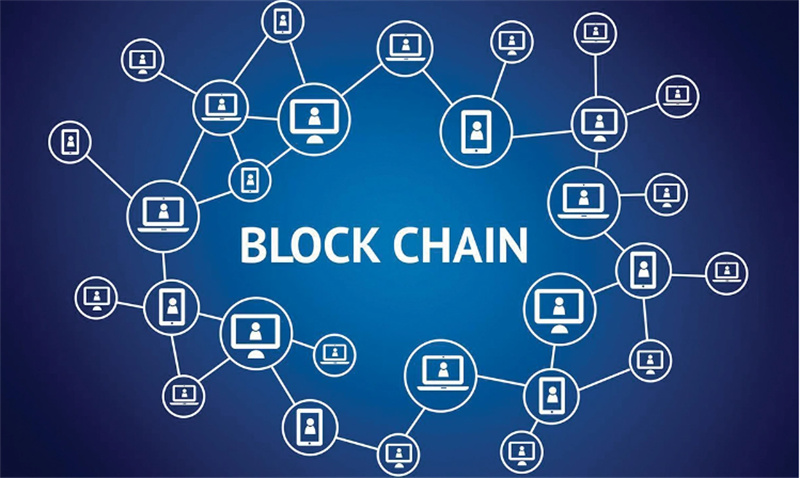Blockchain technology produces a structure of information having inherent securing attributes.
It's built on the concepts of ciphering, decentralization, and consensus that assure trust in transactional data. In many blockchains or maybe distributed ledger technologies (DLT), information is organized into blocks, and every block includes a transaction or perhaps a lot of transactions. Also, it is important that bitcoin users should know about the best bitcoin wallets for android phones.
Each new block is linked in a cryptographic chain to the blocks before it, in such a manner that it's nearly impossible to hack with. All of the transactions inside the blocks are validated by a consensus mechanism and agreed upon, making sure that every transaction is correct and true. The blockchain facilitates decentralization by enabling the participation of members throughout a dispersed network. No one is allowed to modify the transactions that are why there are no chances of failure.
Here are three features of blockchain which could assist company networks to be much less vulnerable to scams.
Navigation of Contents
Blockchain Immutable
Blockchain transactions are unchangeable as they can't be deleted or altered. Before a “block” of transactions may be put into the blockchain, community members have to concur that the transaction should be legitimate through a consensus operation. Next, the block acquires a timestamp, protected by ciphering and then connected to the prior block in the chain.
It is possible to produce a new transaction to upgrade the status of a document, however, this transaction is going to be put into the chain and also the original report will still be available. Blockchain technology enables you to find out the provenance of a property, like exactly where it came from, wherever it had been, and who had it. The issue of counterfeiting is widespread and impacts many industries, like those of luxury products, pharmaceuticals, fashion accessories and much more.
It can easily be hard to prove or even disprove the authenticity as well as the quality of an asset since conventional supply chains are usually opaque as well as long-drawn. When the products are positioned on the blockchain, nonetheless, they are going to have provenance because of the immutable transaction past, which will allow it to be tough to pass off as authentic goods.
Blockchain Permissioned
A lot of businesses handle extremely sensitive data. They are not able to let anybody have this. Outsiders should not have the ability to enter the system, and insiders mustn't break into the files. And that is the time when permits become important. Blockchain networks aren't all permissioned however.
Permissioned networks nevertheless can be quite successful in fraud prevention as they restrict who's permitted to join and in what capacity. Just before any member of a permissioned network will be able to contribute, they have to be contacted and validated.
Blockchain Distributed
Blockchain is a kind of distributed electronic ledger that includes transaction data which is shared and continuously reconciled over a peer-to-peer system. There is not one point of failure as there's no central administrator or central version. Control, as well as authorization, is rather distributed throughout the system, which means there's no apparent spot for somebody to launch a fraud scheme.
To conceal their illegal actions, scammers frequently utilize a variety of methods, like altering or maybe deleting info from a company's accounting system, producing fake documents, and altering electronic or even paper documents. Making utilization associated with a shared electronic ledger can help lessen fraud since it increases the visibility and transparency of transactions throughout a supply chain and among people of a company system. The individuals can keep track of the past as well as the transfer of assets, producing illegal transactions simpler to find out.

